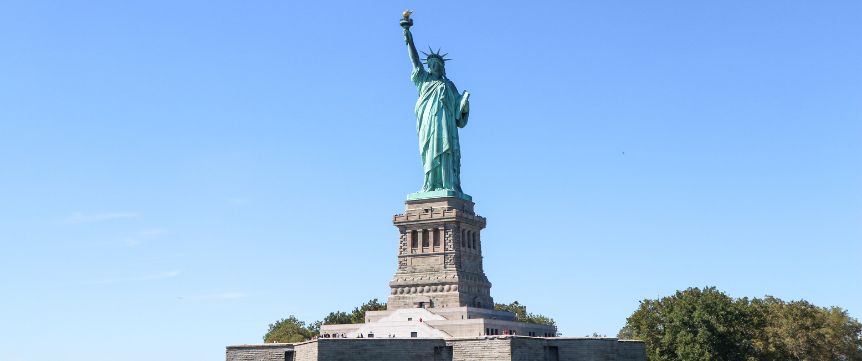
Study In The USA
In terms of both population and landmass, the United States ranks third in the globe. The nation is divided into six regions: the Northeast, Southeast, Midwest, Southwest, West, and Pacific. The 50 states make up the nation, together with the District of Columbia. International students often choose to study in major cities including Washington, DC; Boston; New York; Chicago; and Los Angeles.
The USA has the largest number of international students in the world. Numerous Indian students wish to study in the United States for several reasons, including ample possibilities, a multicultural atmosphere, high-quality education, and a distinctive curriculum.
Student Visa
The US government provides three distinct kinds of student visas:
F-1 Student Visa for pursuing studies at an authorised US university or college, or for studying English in an English language school
J Exchange Visa (J-1) for study at a university or high school and participation in an exchange program
M Student Visa (M1) for study or training in the US that is not academic or vocational.
Cost of Programmes
| S.no | School | Tuition fees in USD |
| 1 | English language studies | $8,400 to $24,000 p.a |
| 2 | Community colleges | $6,000 to $20,000 p.a |
| 3 | Undergraduate bachelor degree | $20,000 to $40,000 p.a |
| 4 | Graduate programs | $20,000 to $45,000 p.a |
| 5 | Doctoral Degree | $28,000 to $55,000 p.a |
Why choose the USA to study?
Known for its top ranking in research and development, diverse and lively campus environments, academic flexibility, and world-class education, the United States is a popular study-abroad destination. In the United States of America, there are numerous programs available for international students to pursue, including Associate, Bachelor, Pre-Master, Master, and Doctorate degrees. Moreover, preparatory and gateway programs are available for students to start their undergraduate education.
Job Opportunities In The USA
During your first year of school, you can work part-time on campus in the USA. After completing your courses, you might also look for sponsorship opportunities. In the United States, foreign students are permitted to work up to 20 hours a week on campus. Many students discover that their time is better spent participating in practical training programs like internships, which enable them to work in related fields while earning university credit. Securing internships for students is a priority for staff at almost every university, especially those outside of major cities. Additionally, all American institutions include extracurricular programs that give students practical work experience.
Best US courses to enroll in
- Computer science and engineering
- Life science
- Business management
-
Leading Rankings
-
Strong Connections
-
Diverse Experiences








